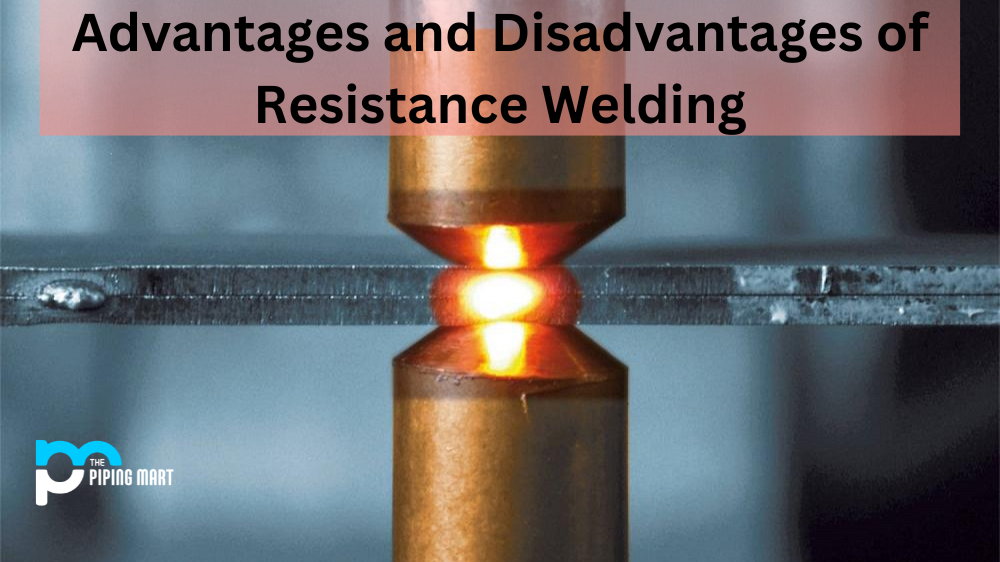Water quenching is a popular heat treatment method used to treat metals in order to achieve desired properties. This process involves submerging hot metal pieces into a water bath, allowing them to cool rapidly with the help of thermal energy transfer. While this process has many advantages, it also has some drawbacks that must be considered before choosing water quenching as your preferred heat treatment method. Let’s take a look at the pros and cons of water quenching for metal parts.
Advantages of Water Quenching
The primary benefit of using water quenching is that it is one of the fastest cooling methods available, making it an ideal choice for parts that require rapid cooling. Additionally, this method is relatively inexpensive since it does not require specialized equipment or materials. It also produces minimal distortion in part due to its fast cooling rate. Finally, water quenching is known for producing a high-quality surface finish on metal parts due to its uniform cooling rate across all areas of the part.
- Water quenching is a faster process than air cooling, so it can save time during the heat-treating process.
- Water quenching can help to prevent distortion and to crack that can occur with air cooling.
- Water quenching can help to improve the hardness and strength of the metal.
- Water quenching can help to increase the wear resistance of the metal.
- Water quenching can help to improve the corrosion resistance of the metal
Disadvantages of Water Quenching
One major drawback of water quenching is that it can lead to cracking if not done correctly; therefore, extreme caution must be taken when using this method. Additionally, due to its fast cooling rate, certain alloying elements may not have enough time to diffuse properly throughout the material, which can affect its mechanical properties. Furthermore, due to its highly exothermic nature, safety precautions should be taken when performing this process, as there are potential hazards associated with working with such high temperatures and pressure levels. Finally, water-quenched parts may require additional post-treatment processes such as shot peening or stress relieving in order to ensure their optimal performance in service conditions.
Can Cause Cracks
One of the primary disadvantages of water quenching is that it can cause cracks to form in the metal. When metal is heated, it expands. If the metal is cooled too quickly, it can cause the metal to contract too quickly, which can lead to cracking. Additionally, if the water is too cold, it can also cause the metal to crack.
Can Be Ineffective
Another disadvantage of water quenching is that it can be ineffective in some cases. For example, if the metal is not heated evenly, the cooling process will not be effective and could actually make the problem worse. Additionally, if the water is not changed frequently enough, it will not be as effective at cooling the metal.
Requires Specialized Equipment
Another disadvantage of water quenching is that it requires specialized equipment. For example, you will need a tank that is large enough to hold the metal and a pump that can circulate the water properly. Additionally, you will need to have a way to monitor the temperature of the water so that you can ensure that it remains consistent throughout the process.
Time-Consuming
Another disadvantage of water quenching is that it can be time-consuming. The entire process can take several hours, depending on the size of the metal and how much heat needs to be removed. Additionally, you will need to allow time for the metal to cool down after it has been removed from the water.
Conclusion:
Water quenching is a popular heat treatment option used by many industries today due to its rapid cooling rates and cost-effectiveness. However, this method does come with some drawbacks that need to be considered before deciding whether or not it’s the right choice for your application needs. It’s important that you weigh your options carefully and consult with an experienced heat-treating professional who can provide you with guidance on which heat treatment option will best suit your needs before investing in any particular method. Doing so will ensure that you get the best possible results from your chosen heat treatment process!

Abhishek is a seasoned blogger and industry expert, sharing his insights and knowledge on various topics. With his research, Abhishek offers valuable insights and tips for professionals and enthusiasts. Follow him for expert advice on the latest trends and developments in the metal industry.




